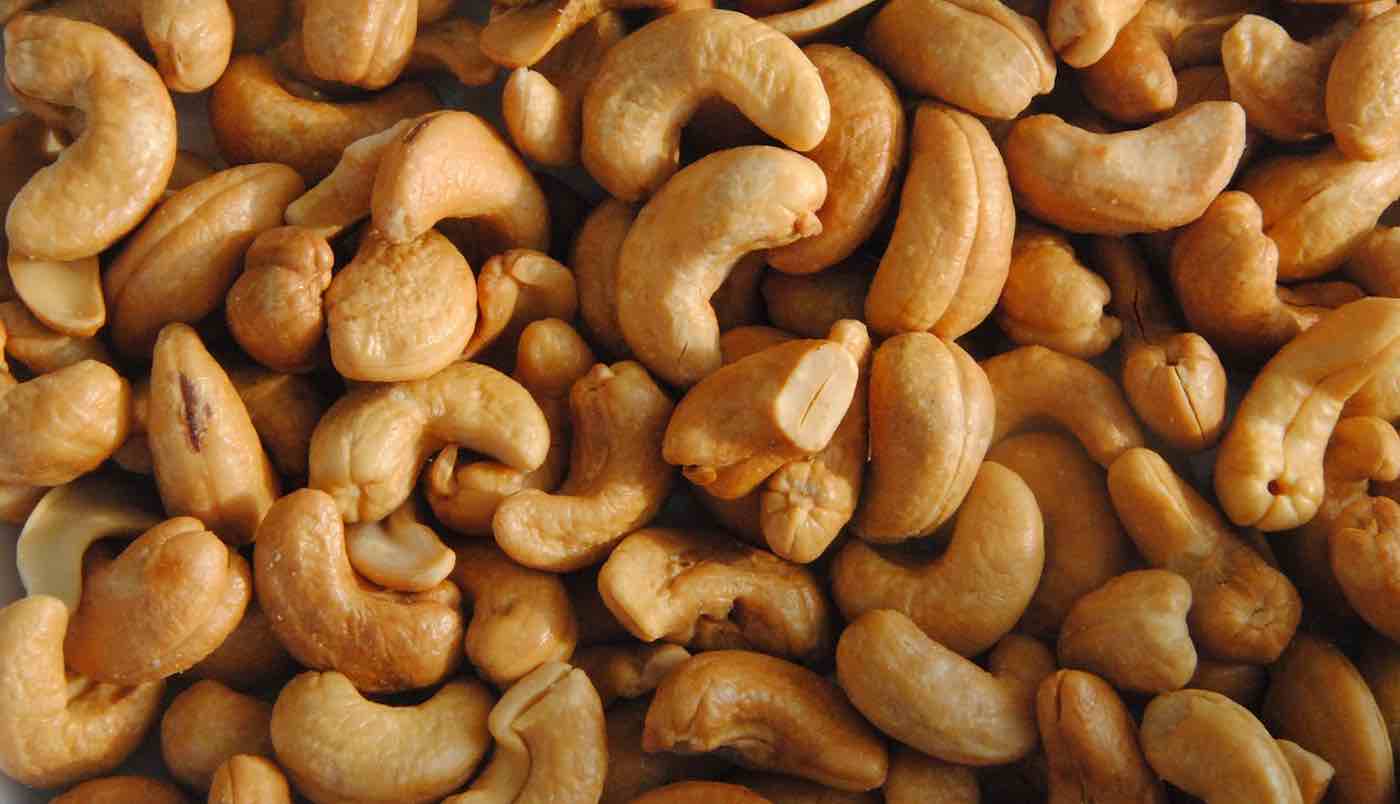A team of international scientists has found an environmentally friendly way of producing potential sunscreens by using cashew nut shells, instead of discarding them as waste.
The team of “green chemists” from the University of the Witwatersrand—along with colleagues from Universities in Germany, Malawi and Tanzania—have been working on techniques to produce useful compounds from fast growing non-edible plant waste, through a chemical process named xylochemistry (wood chemistry).
By using cashew nut shells, the team has produced new aromatic compounds that show good UVA and UVB absorbance, which may be applied to protect humans, as well as polymers or coatings, from harmful rays from the sun. The research has just been published as the cover article of the European Journal of Organic Chemistry.
While it can lead to sunburn, premature aging, and the development of potentially lethal melanomas in both humans and animals, UV rays are also damaging to most materials, with its effects leading to the discoloration of dyes and pigments, weathering, yellowing of plastics, and the loss of gloss and mechanical properties.
RELATED: We May Soon Be Able to Use Ultra-Thin Slice of Wood to Safely Clean and Drink Salt Water
To mitigate UV damage, sun filters should display a high UV absorption of UVA rays (in the region ranging from 315-400 nm) and UVB rays (280-315 nm). One important family of UV absorber molecules are derived from aromatic compounds known as phenols, which contain a hydrogen-bonded hydroxyl which plays an important role in the dissipation of the absorbed energy.
For example, an organic compound known as oxybenzone is a common ingredient that has also been added to plastics to limit UV degradation. But its petrochemical origin is a major drawback due to the negative effect on aquatic ecosystems associated with a poor biodegradability.
As a result, there is growing attention from regulatory bodies and stricter regulations are being enforced on the production of sun filtering products.
CHECK OUT: Teen Awarded $50,000 Science Fair Prize for His Method of Removing Microplastics From Water
“With the current concerns over the use of fossil resources for chemical synthesis of functional molecules and the effect of current UV absorbers in sunscreens on the ecosystem, we aimed to find a way to produce new UV absorbers from cashew nut shell liquid as a non-edible, bio renewable carbon resource,” says Professor Charles de Koning, of the Wits School of Chemistry and principal author of the paper.
“Cashew nut shells are a waste product in the cashew-farming community, especially in Tanzania, so finding a useful, sustainable way to use these waste products can lead to completely new, environmentally friendly ways of doing things.”
The team has already filed a patent application in order to commercialize the process in South Africa.
Reprinted from the University of Witwatersrand
Clean Up Negativity By Sharing The Good News With Your Friends On Social Media…




















